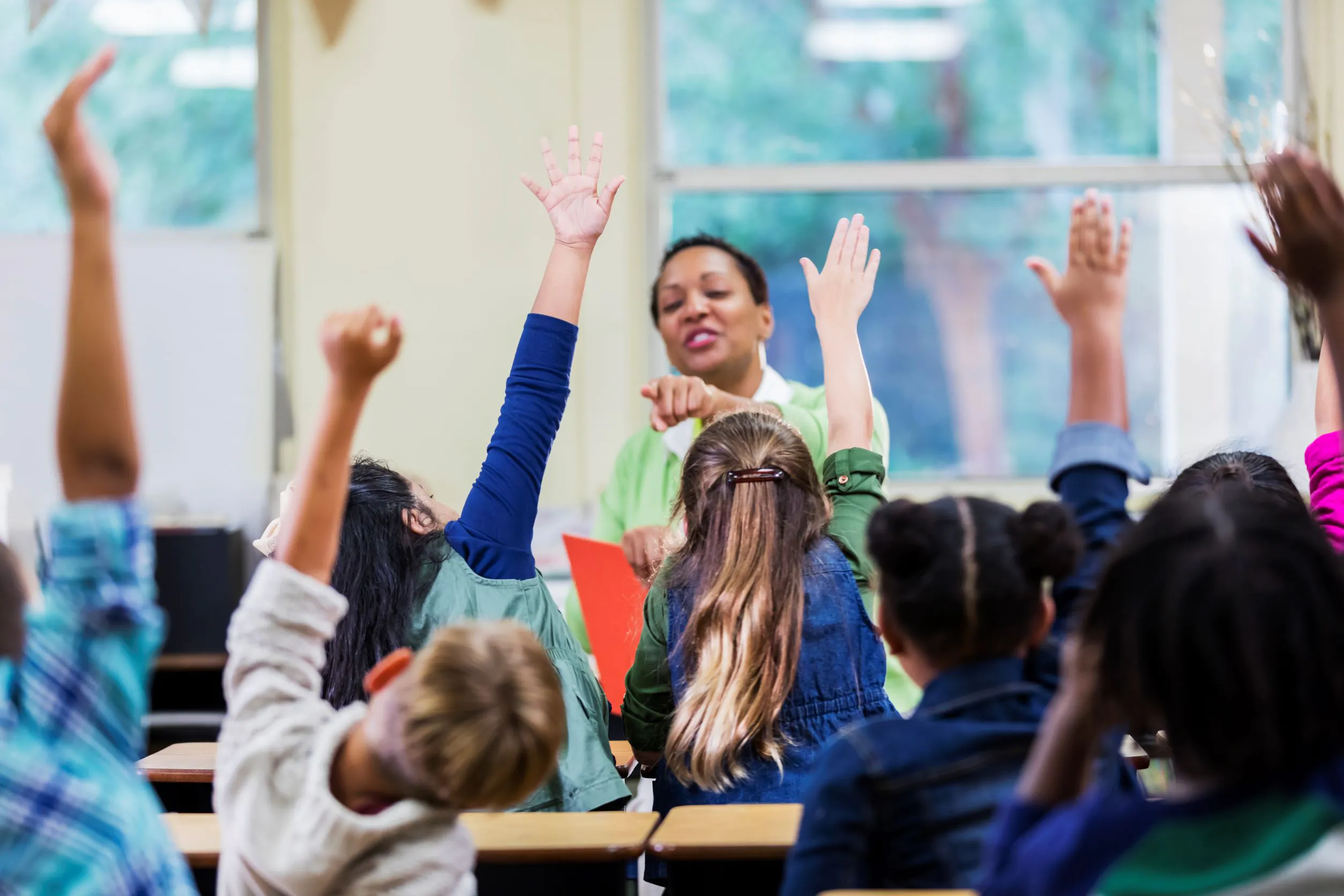The COVID-19 pandemic has impacted the global furniture industry in myriad ways. Demand fluctuations, material shortages, shipping disruptions, and an emphasis on e-commerce solutions have all influenced both retailer and consumer behaviours. Despite the challenges that most industries have been grappling with over the past two years, the furniture industry has also seen high sales in many areas, especially for retailers that have been able to adapt quickly to new restrictions and needs. Things have begun to settle as many businesses and consumers start to return to normal activities, but many changes and improvements made during the pandemic will continue to influence the industry in the years to come.
Global Furniture Industry Overview
The global furniture industry was valued at over US$630 billion in 2021 and is expected to reach almost US$940 billion by 2026. While overall furniture consumption fell in 2020, e-commerce furniture sales rose significantly, with home furniture and décor being in high demand. Although shoppers are beginning to return to brick-and-mortar stores, e-commerce sales are expected to continue to account for a higher percentage of the market than they did before the pandemic.
Access Free Furniture Industry Insights
How Furniture Retailers are Adapting to the Pandemic
Lockdowns and restrictions early in the pandemic forced furniture businesses to adapt quickly, with many retailers developing an online presence or improving upon an existing setup. Many companies have developed new websites and apps, and curbside pickup has become a common option. Apps are increasingly taking advantage of AR features that allow users to picture what a piece of furniture will look like in their home and help reduce consumer reluctance to purchase items without first seeing them in person.
Another way to ease the online purchasing process is to include salespeople in the transaction. One reason consumers visit stores is to talk with a knowledgeable professional who can help them figure out what piece of furniture will fit best in their space. Some companies have therefore begun offering virtual consultations, where a salesperson can have a video call with customers in their home to provide expertise and a human connection while maintaining social distancing.
In-store layouts are evolving as well. Indoor shopping has become more common as COVID-19 restrictions ease, but the typical purchasing journey has changed. While before, consumers would visit a store at the start of the process in order to see what was available, now they will frequently have already done most of their research online and are coming into stores in order to inspect and try out specific furniture pieces and make a final decision. Furniture stores are therefore adapting their layouts to make it easier for consumers to try out furniture quickly and safely before making a purchase.
Connect with Furniture Industry Companies
Evolving Consumer Demands
Despite the slowdown during 2020, the furniture industry has seen high demand across many market segments. Home office furniture and furnishings have been much sought after, especially during 2020 as a large percentage of the population adjusted to working from home and sought to improve their workspaces. Demand for other furniture has also been on the rise due to people spending much more time at home than they did before the pandemic. Consumers are improving their living spaces and seeking out the perfect pieces of furniture to suit their homes.
The demand for office furniture has begun to die down, with 2021 seeing fewer sales than 2020. Most of the people looking to create or update a home office have done so by now, and many are now returning to the workplace. Instead, consumers are turning their attention to other parts of the home.
Home furnishings have been in such high demand that furniture retailers have been struggling to fulfill orders in a timely manner. Combined with material shortages and supply chain delays, the high demand has caused wait times to skyrocket, with furniture orders sometimes taking months to reach the purchaser.
While some consumers have been content to wait out these delays, others have begun looking elsewhere. Used, vintage, and antique furniture has been extremely popular in recent months as buyers look for sturdy, long-lasting products that can be available right away instead of weeks or months in the future. These older pieces also appeal to a population that is increasingly focused on sustainability. By purchasing used items, consumers reduce the number of products ending up in a landfill.
Demand for outdoor furniture is rising as well, as homeowners prepare for the warmer months and seek to get ahead of supply chain shortages. A good set of patio furniture can provide a place to relax at home, get some work done in the fresh air, or host friends safely. Because of this, outdoor furniture is facing similar challenges to the residential furniture segment, with material shortages, continued shipping delays, and other factors leading to longer than average wait times for products.
Commercial Office Furniture Takes a Hit
While the pandemic has brought a significant increase in demand to many parts of the furniture industry, the opposite has been true for corporate furniture. Over the past two years, companies have switched temporarily or permanently to remote work setups, downsized, or closed altogether, leaving behind a massive surplus of used furniture and low demand for new items.
Companies that do continue to maintain offices are often redesigning those offices in order to meet safety standards and adapt to new practices, such as an increased number of video calls and a smaller number of people in the office at a given time. As workers gradually return to the office while maintaining social distancing, items such as movable room dividers that allow employees to create semi-private spaces will be higher in demand, as well as furniture made with sound dampening materials. More intense cleaning procedures also mean demand for furniture that can withstand the chemicals used to disinfect surfaces.
The market for commercial office furniture is beginning to recover, however. While demand was still low at the end of 2021, it did show significant improvement over the previous two years. Experts predict that 2022 will be a better year for the segment as companies recover from pandemic setbacks and continue to return to the office.
Discover Buyers and Suppliers Across the Retail Trade Industry
BizVibe’s platform contains more than 640,000 retail industry company profiles that are free to view, including more than 40,000 furniture and furnishings companies. Each profile consists of in-depth company insights composed of 50+ data points, with full industry trend and challenge analysis for 27 retail industry categories.
Browse companies in sectors such as:



